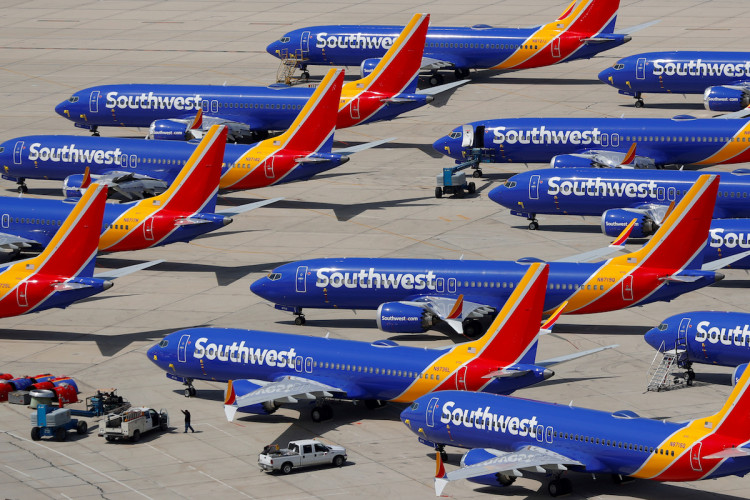A recent incident involving a Southwest Airlines Boeing 737-800 flight from Denver to Houston has raised concerns within the aviation industry. The aircraft was forced to make an emergency return to Denver International Airport after losing an engine cover, an event that the Federal Aviation Administration (FAA) is set to examine closely as part of its commitment to ensuring air travel safety.
The flight, identified as Southwest Airlines Flight 3695, was initially on its way to William P. Hobby Airport in Houston when the unexpected detachment of the engine cowling, the protective cover over the aircraft's engine, occurred during takeoff. The incident resulted in the component striking the wing flap, a situation that adds to a series of mechanical challenges Boeing aircraft have faced across various carriers in recent months.
Southwest Airlines responded to the event by stating that passengers on the affected flight would be accommodated on a subsequent flight to Houston, with an anticipated delay of about three hours. The airline emphasized its dedication to safety, stating, "We apologize for the inconvenience of their delay but place our highest priority on ultimate safety for our customers and employees."
JUST IN : A BOEING 737-800 OPERATED BY SOUTHWEST WAS FORCED TO TURN AROUND AND LAND BACK AFTER ITS ENGINE COVER BROKE OFF AND HIT THE PLANES WING DURNING TAKE OFF$BA pic.twitter.com/7EGPKxuzsJ — GURGAVIN (@gurgavin) April 7, 2024
Furthermore, Southwest assured that there were no injuries reported from the incident and announced that its maintenance teams are set to conduct a thorough examination of the aircraft, which had been certified as airworthy in May 2015, according to FAA records.
JUST IN -- Southwest Airlines Boeing 737 flight to Houston returns to Denver after engine cover tears away during takeoff. pic.twitter.com/kLwmSAxsEt — Citizen Free Press (@CitizenFreePres) April 7, 2024
This incident marks the second occurrence of a Southwest Airlines flight encountering mechanical issues in a short span, drawing attention to the airline's equipment and maintenance practices. The FAA has noted that it is also looking into a reported engine fire that occurred before takeoff at Lubbock Preston Smith International Airport the previous Thursday.
As the FAA commences its inquiry into the circumstances that led to the engine cover loss on Flight 3695, the incident is a reminder of the intricate challenges of maintaining and operating commercial aircraft. The aviation community, along with passengers, will be keenly watching for the outcomes of the investigation, hoping for insights that might enhance the safety protocols and maintenance standards within the industry.






